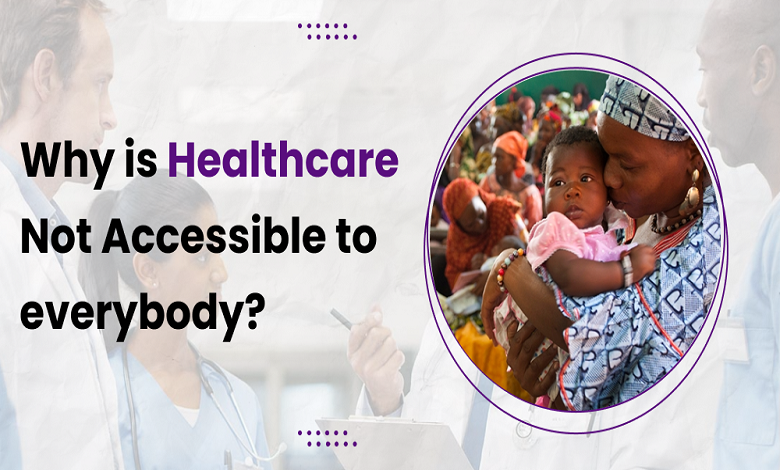Why is healthcare not accessible to everybody?

Poverty is one of the biggest banes of humankind. It restricts people from living healthy life. The lack of basic human necessities like food, clothing, and shelter can result in many health issues- hunger, malnutrition, diseases due to contaminated food and water, and so much more. While there are people who aren’t fortunate enough to get life’s basic necessities, there are many people who are pushed into poverty due to poor health and indebtedness.
Barriers to affordable healthcare
Income
Not everyone has access to world-class healthcare. In many countries across Africa, Asia, and the Americas, only the rich can afford quality healthcare. For the rest, high healthcare costs can burn a big hole in their pockets. So much, that they cannot fill it even if the entire family works to repay the loans. Additionally, many people do not have access to health insurance, which can result in sudden poverty due to unexpected medical expenses.
Accessibility
For many rural poor in developing countries, healthcare services aren’t available in many far-flung villages and towns. When they have to visit the doctor, it may mean trekking for hours until they reach one. Due to this, many illiterate poor depend on quacks or traditional medicine for treatment. Many others delay medical attention until the problem becomes unbearable.
Lack of infrastructure
In many remote places, medical facilities just do not exist. This is particularly a problem in Africa and Asia, where sparsely-populated rural communities live far away from each other. Those who live in remote regions aren’t able to get medical attention. For such people, it can be just too expensive to get timely medical attention.
Demographic factors
A person’s age, gender, caste, race, or residence can affect their access to basic affordable healthcare. For example, elderly people have to depend on their younger relatives to take them to the nearest hospital. Sometimes, there is discrimination in accessing healthcare, especially in Africa and South Asia. Refugees or certain lower caste groups may not get the medical attention they deserve due to their social status.
What is being done to solve this?
Many governments across Sub-Saharan Africa and Asia are investing in improving the healthcare infrastructure in their countries. This includes constructing hospitals, community health centers, dispensaries, and other physical health infrastructure besides investing in medical colleges to train doctors and other healthcare professionals.
Many NGOs and Feed the Hungry organizations are working towards improving the healthcare infrastructure in rural communities across the world. Besides setting up hospitals and other critical basic health infrastructure, they are donating medicines and medical equipment to these countries to treat the poor.
Many foreign governments are also pitching in with their own donations for the poor.
What can you do to help?
As a responsible member of society, you can Donate to Nonprofit Organizations where your donations earn the blessings of the poor. Your donations can come in any form- cash, bank transfers, checks, shares, mutual funds, cryptocurrencies, medical supplies, and so on.






